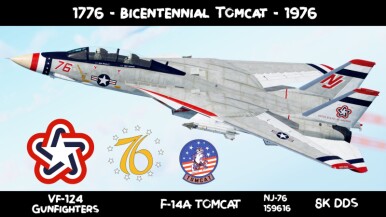
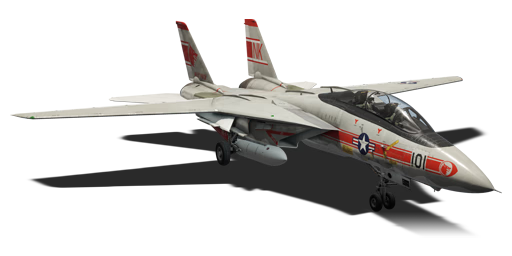


One of the most iconic US naval fighter jets of the Cold War era, the two-seater F-14A Tomcat was developed as the US Navy's fleet-defense fighter jet to protect their carrier groups over vast swathes of ocean against Soviet bombers carrying anti-ship missiles. Developed after the US Navy's failed F-111B program, the F-14A was first deployed in 1974 wielding the advanced AN/AWG-9 radar and up to eight missiles, including the iconic Phoenix missile, to target and destroy enemy targets from extremely long ranges. Although it introduced a host of new capabilities, the F-14A suffered from its TF30 engines, which were subject to frequent failures, and other issues with the aircraft's flight characteristics that caused regular accidents.
Introduced in Update "Danger Zone", the F-14A was the first fourth-generation fighter to appear in the game, and the first to carry a new type of air-to-air missile with an active radar-homing seeker — the AIM-54 Phoenix. An extensive arsenal of suspended weapons, combined with excellent flight characteristics and the powerful AN/AWG-9 radar, make the F-14 one of the best aircraft for achieving air superiority. Its only drawback is relatively low survivability, even by the standards of top-of-the-line aircraft; in particular, the F-14’s extremely powerful engines can make it more difficult to successfully decoy enemy missiles using flares, even without afterburner activated.
flaps
flaps
flaps
brake
| Belt | Belt filling | Armor penetration (mm) at a distance: | |||||
|---|---|---|---|---|---|---|---|
| 10 m | 100 m | 500 m | 1000 m | 1500 m | 2000 m | ||
| HEF-I/API-T/AP-I | 40 | 36 | 22 | 12 | 6 | 3 | |
| HEF-I/HEF-I/API-T/HEF-I/HEF-I/AP-I | 40 | 36 | 22 | 12 | 6 | 3 | |
| API-T/AP-I/AP-I/AP-I/HEF-I | 40 | 36 | 22 | 12 | 6 | 3 | |
| HEF-I/AP-I/AP-I | 40 | 36 | 22 | 12 | 6 | 3 | |
| Name | Weight | Slot | ||||||||
|---|---|---|---|---|---|---|---|---|---|---|
| 88.4 kg |  |  |  |  | ||||||
| 88.4 kg | 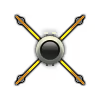 |  |  |  | ||||||
| 88.4 kg |  |  |  |  | ||||||
| 193.7 kg | 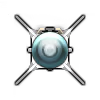 |  |  | |||||||
| 231.3 kg | 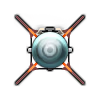 |  |  | |||||||
| 443.6 kg | 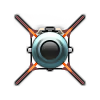 |  | ||||||||
| 8 × | 560.6 kg | 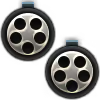 |  | |||||||
| Drop tank (280 gal.) | 90.7 kg |  |  | |||||||
| 2 × | 462.7 kg | 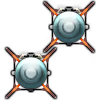 |  | |||||||
| 2 × | 887.2 kg | 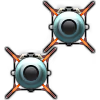 |  | |||||||
| 6 × | 707.4 kg | 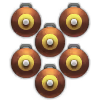 | ||||||||
| 6 × | 1,445.4 kg |  | ||||||||
| 2 × | 893.6 kg | 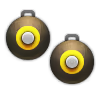 |  | |||||||
| 2 × | 1,787.2 kg | 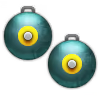 |  | |||||||
| 2 × | 1,787.2 kg | 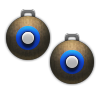 |  | |||||||
| 6 × | 1,445.4 kg | 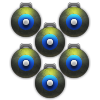 | ||||||||
| 2 × | 893.6 kg |  |  | |||||||
| 2 × | 387.4 kg | 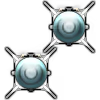 | ||||||||
| 8 × | 943.2 kg |  | ||||||||
| 8 × | 1,927.2 kg | 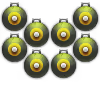 | ||||||||
| 8 × | 1,927.2 kg | 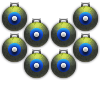 | ||||||||












Flight performance |
|---|
Survivability |
|---|
Weaponry | |||
|---|---|---|---|
